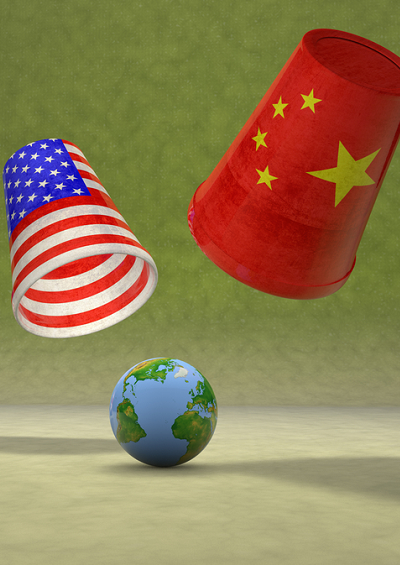9 Facts on China’s Economy Overtaking the United States
For China, the dramatic economic milestone in 2014 represents a return to past glory.
March 6, 2015

1. China has long been the world’s largest nation in terms of population and was the world’s largest economy in the pre-European arrival era.
2. China’s re-emergence as an economic superpower began in the late 1970s under leader Deng Xiaoping.
3. Deng’s reforms emphasized modernization, foreign trade and investment and privatization of state-owned companies — all of which provided for sustained growth.
4. By 2013, the Chinese economy had grown to $16.1 trillion, measured at purchasing power parity.
5. U.S. GDP stood at $16.8 trillion at that time — or just about 4% larger than China’s economy.
6. Given China’s higher economic growth rate, at some point during 2014 China overtook the United States as the world’s largest economy.
7. The IMF estimates that China’s GDP at purchasing power parity was $17.6 trillion at the end of 2014 — or about 1% larger than the U.S. GDP of $17.4 trillion.
8. Measuring GDP at purchasing power parity takes into account the differences in prices that people pay for goods and services in different economies.
9. Since the price level in China is still much lower than in the United States, a dollar in China buys much more than a dollar in the United States.
Sources: The IMF with additional analysis by The Globalist Research Center
